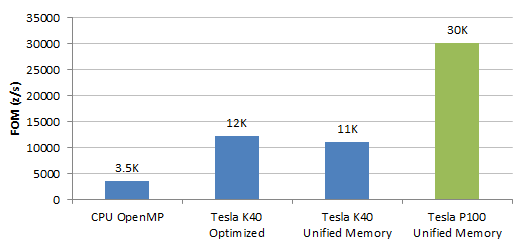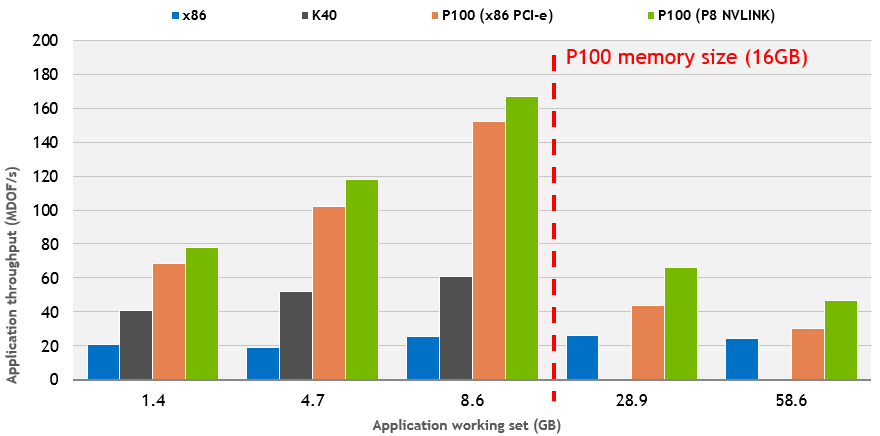Gideon
2[H]4U
- Joined
- Apr 13, 2006
- Messages
- 3,557
lol, no and this is what we get above in the mean time.
Bottom line after all the above chatter is performance in the end using the different api's. If Vega can show some kind of astonishing performance doing DX 12 stuff over Pascal then it is a mute point what each hardware does inside if both are about the same.
They just like to hear themselves talk, long as Vega performs no one will care how it gets it done. We should know next month how it performs and then will hear about what is wrong with Vega and why it could have been better
![[H]ard|Forum](/styles/hardforum/xenforo/logo_dark.png)

